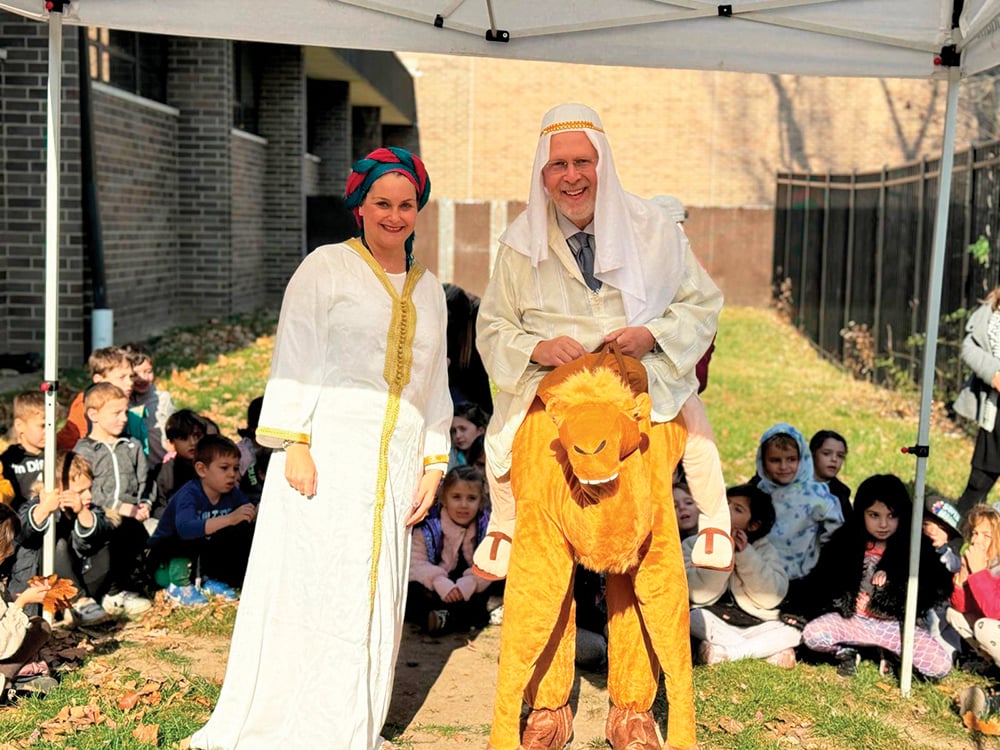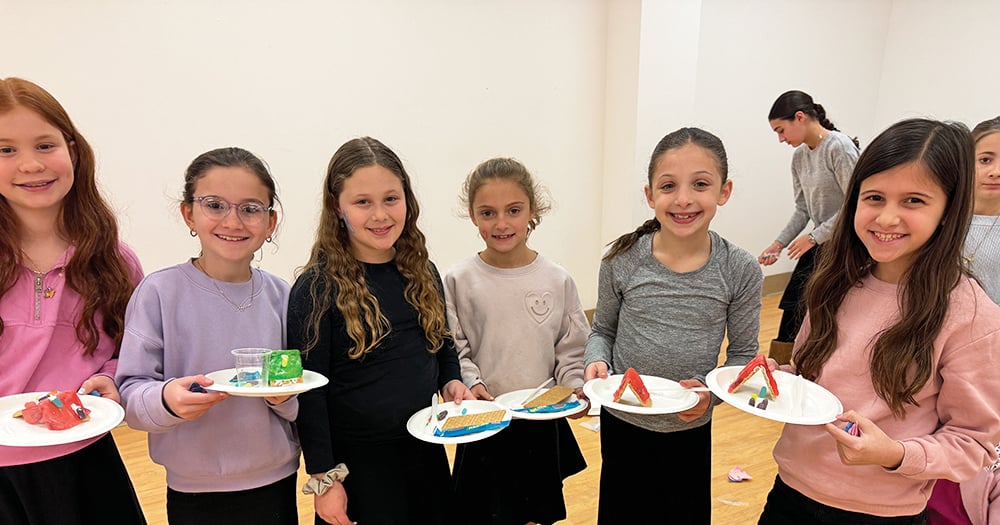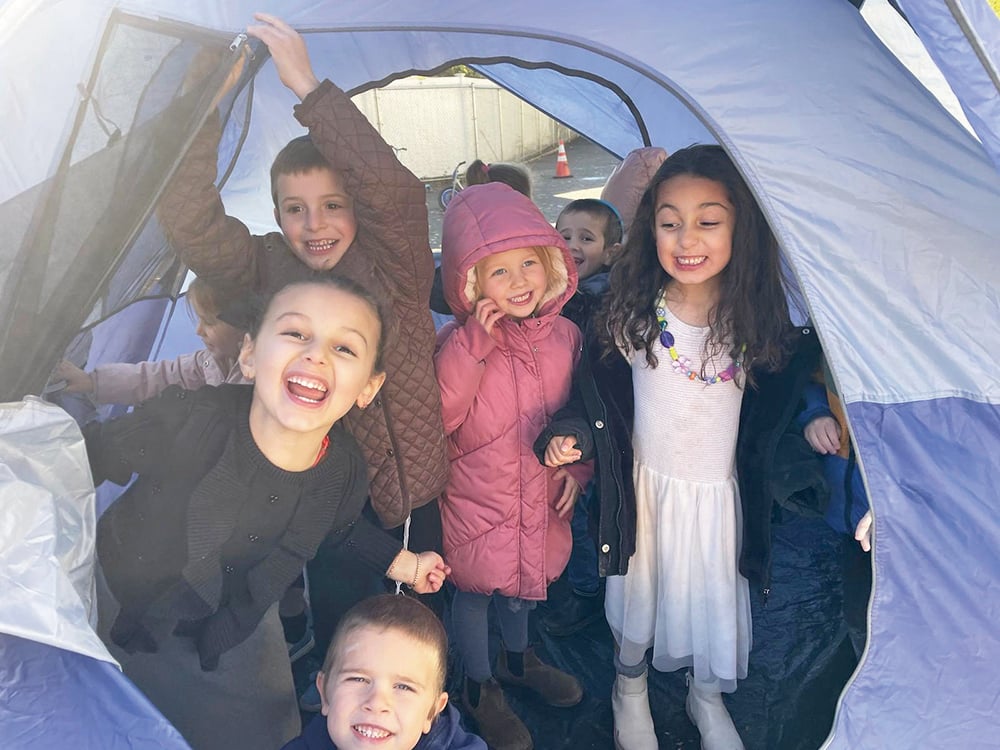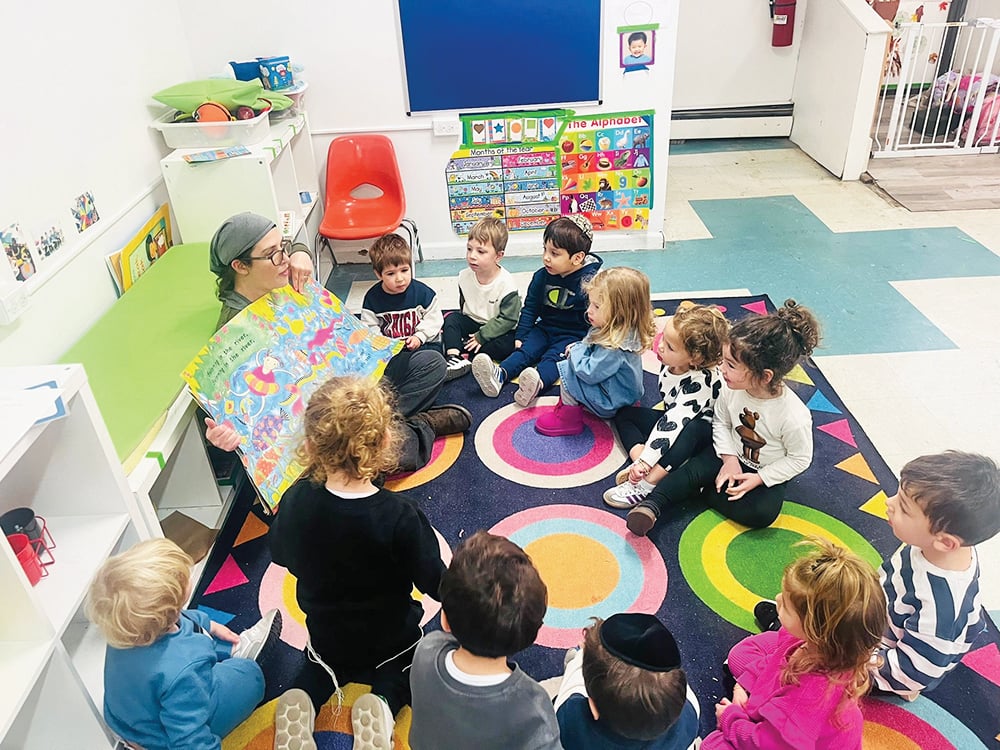The late Rabbi Dr. Abraham Twerski, zt”l, once began a lecture on addiction by asking a question. If Noah was a tzaddik, as described by the Torah, how did he let himself get degraded via intoxication, after the flood waters had dissipated? The answer that was submitted, based on chasidic sources, is that Noah was unaware that the world conditions had changed post-flood. It was apparently now easier to get intoxicated through the imbibing of wine. Conditions on planet Earth had changed and Noah was unaware of these changes.
In a recent poll, 90% of American employees stated that they were not ready to return to their workplaces. They felt more secure, and happy, in sticking with remote work. The employees had not changed but external conditions and factors had very much altered behavioral norms. Which brings us to the discussion of outdoor minyanim and the return to our shuls.
I will start off by stating the obvious. A beit knesset has kedusha, and a park, lot or backyard do not have such sanctity. Furthermore, a person who feels well enough to go to an indoor minyan should seriously consider a return to shul. Having said that, I would like to discuss a drop in shul attendance from pre-COVID times, and the emergence of outdoor minyanim. I will make a plea to area pulpit rabbis to consider a more nuanced approach to this new reality than some national leaders have already taken.
In recent weeks I have sensed that rabbis are becoming uncomfortable with the continued presence of outdoor minyanim. I will share some observations about why the outdoor minyan is not about to go the way of the Edsel. (Baby boomers may relate to that allusion.) The outdoor minyanim are crucial for people who are not vaccinated. They are crucial for those who fear being in a crowded shul. They are crucial for those who fear that others may be too lax about their COVID protocols. And, finally, they are crucial for many who are still shell-shocked from the events of the last year.
Those who have davened with outdoor minyanim over the past year have many reasons for enjoying these minyanim. They are safe. They tend to have much less talking than regular minyanim. Their schedule seems to move along at a more preferred pace. They offer more of a feeling of togetherness and kehillah than does a larger shul. Women have an easier time joining this minyan. The list goes on and on, but people have grown to appreciate the outdoor minyanim.
Countering this interest is the argument of kedushat beit haknesset and the fact that a larger shul attendance is more tasteful than is a smaller shul attendance. The Hebrew term for this is “b’rov am hadrat melech.” A larger entourage gives more majesty to the King.
I would like to make a simple proposal that can be applied to the above reality, to neighborhood minyanim, and to all extra-shul gatherings. A law professor at Northwestern University, Stephen Goldberg, has written extensively on the mediation process. He cites a study that was conducted to inquire what trait was considered to be most important for a mediator to have. The study concluded that a good mediator needs to have rapport with the parties before her/him. How does one acquire rapport? The study found that a good mediator needs to be an active listener and able to form open-ended questions. For example, if a party is arguing for less time for Dad to spend with the children, a reasonable question would be to ask, “Why do you want Dad to spend less time, and not more time, with the children?” The question invites more discussion and more specificity. It also shows an interest in what the person is saying. It often is a first step toward attaining dispute resolution.
Rabbis who are unhappy with the outdoor minyanim should engage the participants in such minyanim, wherever possible. “What does the outdoor minyan offer you?” “Under what condition would you be prepared to return to shul?” “What would you like the shul to do to make your experience there more meaningful?” Showing an interest in the feedback from congregants is a way to show respect for those who have not yet found their way back to shul. Furthermore, it helps create a meaningful bond.
A rabbi who is now retired wrote to me that he always aspired to get all groups united under his shul. He states that if he were still active he would…”try to find ways to brand the outdoor minyan as part of the kehillah.” Such a connection might be done via a dvar Torah before the group, discussions with group members, or even via a physical presence at the minyan in question. Nothing shows respect like being present in such a gathering.
I was in attendance recently at an outdoor minyan held on the grounds of Darchei Noam in Fair Lawn, NJ. After tefillah, a congregant expressed appreciation for the rabbi of this shul, Rabbi Jeremy Donath. She admired the fact that he treats the members of the two minyanim (i.e., indoor and outdoor) with the same amount of deference. The rabbi speaks at both minyanim, switches off to daven at each minyan, and makes his support known by his presence (and that of his members) at the outdoor minyan as well as the indoor minyan. In many ways, this example is more powerful than any drasha or class the rabbi could offer. In another setting, I learned that this behavior is known as “the ministry of presence.”
Remember the question about the difference between an optimist and a pessimist? This is my personal choice for the most instructive response. “A pessimist sees adversity in opportunity, while an optimist sees opportunity in adversity.” The COVID period brought out a new level of commitment for the many Jews who continued to seek out a tzibbur and spirituality in a variety of novel ways. The outdoor minyan is a new addition to Jewish life. The neighborhood minyan is a much older addition to Jewish life. Some rabbis appreciate some of these changes and some do not. The reality is that Jewish life now has to deal with certain changed conditions. I respectfully suggest that communal leaders deal with the new realities by methods that include added dialogue and genuine rapport. If this is done, we may see some positive results from a long period of challenge and adversity. Hopefully, new opportunities can come about as a result of added communication and exchange of ideas.
Rabbi Shlomo Riskin once told a story about the time he accompanied Rabbi Yitzchak Dovid Grossman of Migdal Emek to a discotheque on Shabbat evening. He did so because he knew many assimilated Jewish souls spent their Friday nights there. Rabbi Riskin spoke to the assembled throng about Shabbat. He then related that for many years thereafter, when new members joined the Lincoln Square congregation, they often referred to this “meeting.” The fact that Rabbi Riskin was willing to come to them, engage them, and show a concern for their well-being was all the convincing they needed. This seems to be a perfect example of a new paradigm to take away from the COVID period. This may well be a time for new conversations to take place. May new opportunities grow from the adversity of this past year. Indeed, may our actions bring glory to the King of Kings.
Rabbi Rosenfeld has served in the rabbinate for many years and now has a divorce, family and commercial mediation practice.













